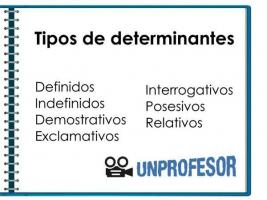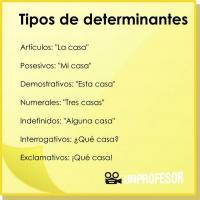Generation of '98: historical CONTEXT
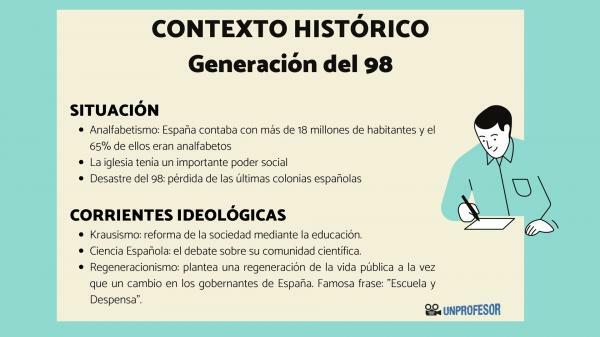
The concept Generation of '98It is the name given to a group of intellectuals who belonged to a specific time in Spain and contributed with their style to form a new concept within literature. In 1898 Spain was being the victim of a great social, political and economic crisis that is worth noting. Therefore, in this lesson from a TEACHER we are going to talk about the Generation of '98 and its historical context in order to better understand what was the instability of the time and how this well-known generation of intellectuals emerged.
Index
- What was the Generation of '98?
- The historical and social context of the Generation of '98
- Ideological currents in the Generation of '98
- Modernism and Generation of '98
What was the Generation of '98?
With the loss of the last colonies overseas, especially Philippines and Cuba, the Spanish empire fell into a great instability. The citizens began to develop a rather
defeatist and negative towards Spain and her flag and there were many intellectuals who began to use this date as a symbol and justification of their works and their thoughts.One of the main participants was Azorin: he took care and insisted on grouping many of his contemporaries within this classification. However, it was never clear whether it was really a writers generation who understood literature in the same way or one of a group united by different historical disasters, since There was never a marked stylistic ideology and there was no relationship between absolutely all of them.
Some of the traits that they did share are as follows:
- Use of similar styles although not the same: short and clear sentences vs the old pomposities.
- United by the same disastrous events of the time.
- They shared the stream anticlerical.
- Born around same years.
- They treat similar themes in his works: Old towns and landscapes, search to recover ancient poets and fervor for El Greco.
Of the best known authors belonging to this Generation of '98 we find: Antonio Machado Y Miguel de Unamuno.

Image: Slideshare
The historical and social context of the Generation of '98.
To talk about the historical context of the Generation of '98, it is important to know how Spanish society was at the time. By 1898, Spain had more than 18 million inhabitants and nothing more and nothing less than him 65% of them were illiterate. Life expectancy was around 35 years and the number of university students was quite low. Only Madrid and Barcelona had more than 500,000 inhabitants.
Lights were beginning to be installed and cities were becoming spaces full of leisure and fun, among which they were part the bulls and the zarzuelas as main recreational activities.
The church had an important social power: important works of religious architecture begin at the time, for example, the Almudena Cathedral, La Sagrada Familia, the University of Deusto... Figures like Menéndez Pelayo and Alarcón or Pereda they stand out in this religious sphere.
The slump to which Spain was being subjected was important. After the loss of the colonies, Madrid and Spain became a "strangled market"after the strict tariff regulations imposed by the capital. The colonies could not commercialize their products (sugar, tobacco, mainly) without paying taxes to the Spanish crown. This dependence made Spain enter much later in the so-called Industrial Revolution.
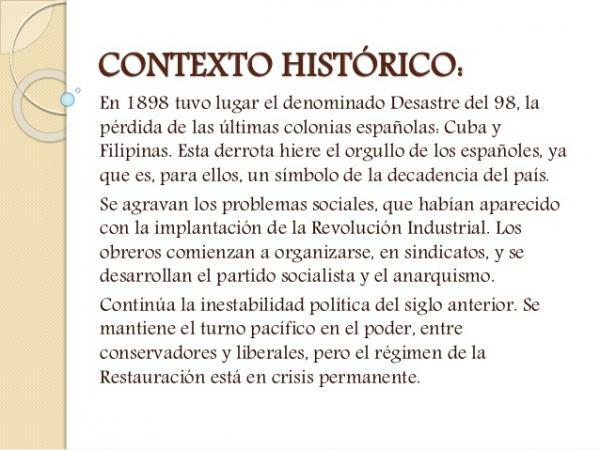
Ideological currents in the Generation of '98.
To continue knowing the historical context of the Generation of '98, it is essential that we know what the main ideological currents were. Here we summarize them:
- Krausism: Its name comes from the German philosopher Krause whose ideas influenced in Spain through Julián Sanz del Río. They defended in their writings the reform of society through education from childhood of all citizens regardless of religion. They sought to enhance ethical values through experience.
- Spanish Science: From the ideological current mentioned above comes a very relevant issue for Spain: the debate on its scientific community. At the height of positivism, it was discussed what was the role of the Spanish in science and if they were really only trained to create art, literature or theology.
- Regenerationism: As a consequence of the loss of the colonies (especially Cuba and the Philippines) arises what is known as Regeneracionismo in opposition to the well-known current of the Restoration and poses a regeneration of public life as well as a change in the Spain. Much of what they asked for was summarized in the famous phrase: "School and Pantry".
Also arose in the framework of the time the war against america for the insurrection of the overseas territories. More of 80,000 and 100,000 casualties which led Spain to defeat and humiliation. The inferiority of the Latin countries to the Germanic or Saxon countries was raised and, as we have commented, the famous debate was opened science-religion, teacher-clergyman.
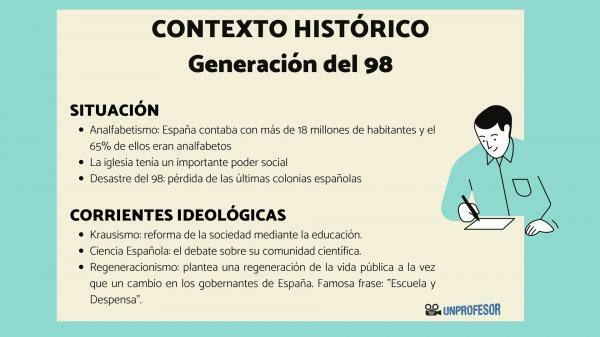
Modernism and Generation of '98.
The Modernism arises in Hispano-America and arrives in Spain from the hand of the poet Ruben Dario with his construction site Blue. It supposed a whole renovation for Spain and it became a very important current at the time. Specifically, modernism seeks the exaltation of the beauty Next to the escape from everyday reality. Thus, in space time, the current of the Modernism with the Generation of '98.
These seconds will be called decadent writers and as we have mentioned in the previous section, they will be characterized by that disappointment and negativism to which the crisis and political, social and economic instability have led Spanish.
If you want to read more articles similar to Generation of '98: historical context, we recommend that you enter our category of History of Literature.
Bibliography
- Paniagua, R. (1998). The generation of '98. Historical Setting. Recovered from: https://bibliotecaceu.files.wordpress.com/2012/05/heaquc3ad20.pdf
- Cabrales, J.M. (1998). The cultural and literary environment of 98. Mount Buciero 2, UNED Cantabria. Retrieved from: file: /// C: /Users/Marin/Downloads/Dialnet-ElAmbienteCulturalYLiterarioDel98-206285.pdf
- Castillo, I. Generation of 98: historical context, characteristics and genres. Lifeder.com. Recovered from: https://www.lifeder.com/generacion-noventa-ocho/

